japan: the ultimate japan travel guide;

Originally posted April 25, 2019. Updated July 9, 2023 for content and clarity.
Coming from a western, and specifically American perspective, Japan is an amazingly different, quirky, fun place to explore and it is one of my favorite places in this world! I studied abroad in Nagoya, Japan for a semester in college, and recently (when this was posted in 2019) went back for a 10-day trip where we packed in the sites and cities! So I took my experiences, tips, and tricks and put together the ultimate Japan travel guide. Everything I wish I knew and keep coming back to any time I plan a trip to Japan~
The same things that make Japan unique can also make it intimidating to plan a trip, so here are some essential basics to get you started!
table of contents;
Best Times to Visit
Late spring (March to May) and late autumn (September to November) are typically regarded as the best times to visit Japan, but depending on the experience you’re looking for, anytime can be a good time to visit! Keep reading to find out what season works best for you~
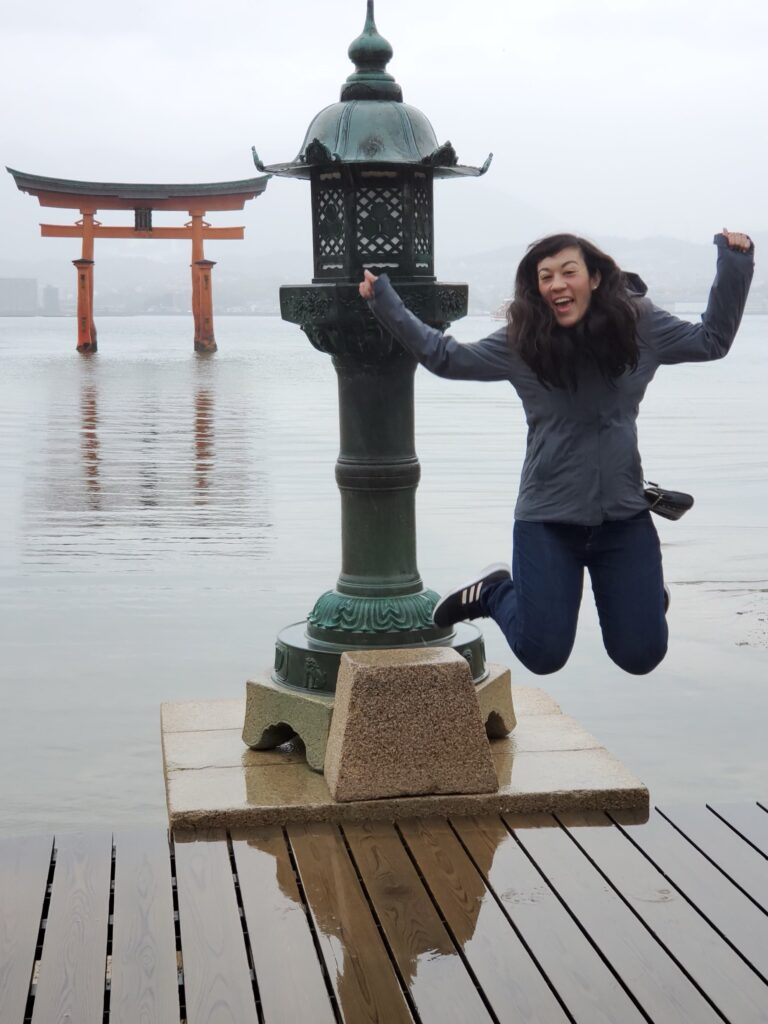
Do keep in mind that Japan is hosting the 2019 Rugby World Cup and 2020 Olympics, so be sure to factor those or other world events into your travel plans!
spring; (MAR-MAY)
Pros: The iconic Japanese cherry blossoms will be in bloom, so spring is one of the most popular and picturesque times to visit, in addition to mild weather. If planning for this season, watch out for “Golden Week”, a week in late April to early May of concentrated national holidays that can ruin best laid plans if you’re not prepared.
Cons: Peak cherry blossoms mean peak prices and crowds, and if you’re aiming for peak cherry blossom blooms, you’ll want to do some research on predictions. This can mean striking a balance between early planning and waiting for accurate predictions–predictions start the year before, but will be more accurate closer to the date once seasonal weather patterns are taken into consideration. If you’re looking to climb Mount Fuji keep reading, as the season runs from July-September.
What to Wear: Layers will do you well here, as the south will lend itself to warmer weather gear, and the north more sweaters and jackets. I suggest an umbrella and waterproof jacket in all seasons.
summer; (JUN-AUG)
Pros: Summers can be hot, sometimes upwards of 100 degrees F, but can be a nice time to visit the mountains or northern island of Hokkaido. If you’re looking to climb Mount Fuji, the majority of the season (July – September) runs throughout summer, so you’ll want to look here. Summer is the time for fireworks, so you can experience many authentic and fun festivals if you choose this time of year to visit.
Cons: Heat and humidity will be plentiful and early summer (June into July) is the rainy season which might put a damper on travel plans. If you plan to visit outside of rainy season, you may also be fighting with summer break crowds as well.
What to Wear: If you’re braving the heat, summer clothes are a must. However, do note that the Japanese tend to dress more conservatively than many western cultures, especially if you plan to get away from the big cities.
fall; (SEP-NOV)
Pros: My personal favorite season! You may be surprised to know that momijigaru (fall leaf viewing) is a popular reason to travel in the autumn, even for locals. The changing leaves will begin in the north and move down throughout the country as the season goes on. Weather cools pleasantly starting in October, and cools off into November, and there are also many festivals.
Cons: The same places that will be alive with beautiful fall colors will also be alive with crowds, similar to spring. You may still be able to climb Mount Fuji in early September, but it is also the month when the majority of typhoons happen, so watch out!
What to Wear: Layers, long and short sleeves, and sweaters. Bring an umbrella and/or waterproof jacket for the rainy season.
winter; (DEC – FEB)
Pros: if you’re a skiier, this could be a great option for you! The north island Hokkaido and its mountains gets a lot of snowfall making it perfect for skiing, where the rest of the country gets some snow but the weather is cool and crisp. Tokyo often gets little or no snow. Additionally, if you don’t mind the cold (think 30s-50s F depending on where you are) it can be a cheap and far less crowded time to travel.
Cons: You’ll need to bundle up for sure if you visit in the winter, and make sure to avoid New Years time. Fun fact that Christmas is actually more of a couples holiday in Japan, and they’re all about those Christmas cakes, which means that New Years has many traditions and a lot of local travel for families to be together. There’s also less daylight to pack in all of the things you’ll want to do, but at least if you’re feeling cold you can soak in an outdoor Onsen to warm up!
What to Wear: Winter coats and ski jackets, and if you’re heading to the northern mountains or expect to come across a lot of snow, make sure you have shoes well-equipped for the snow.
Pro tip: We booked tickets to Japan for approx. $700USD round trip per person, thanks to Scotts Cheap Flights! If you sign up for their email list, they’ll send you amazing flight deals they find. The list prioritizes cheap tickets where some of the trade-offs are moving quickly on deals before they’re gone and a lot will leave/return mid-week, but for the prices they find, it’s totally worth it! Scott’s Cheap Flights isn’t affiliated with any travel brand or airline so their priority is getting you a good deal. Highly recommend signing up to knock out some of your travel bucket list!
Money
Despite all of Japan’s forward thinking in terms of super-efficient transit, inventive new gadgets, and electronics, they’re surprisingly not very much on board the credit card train. At home in America it’s rare for me to pay with anything other than a credit card. In Japan, it’s rare for me to pay for anything with a credit card. So what does that mean for you?
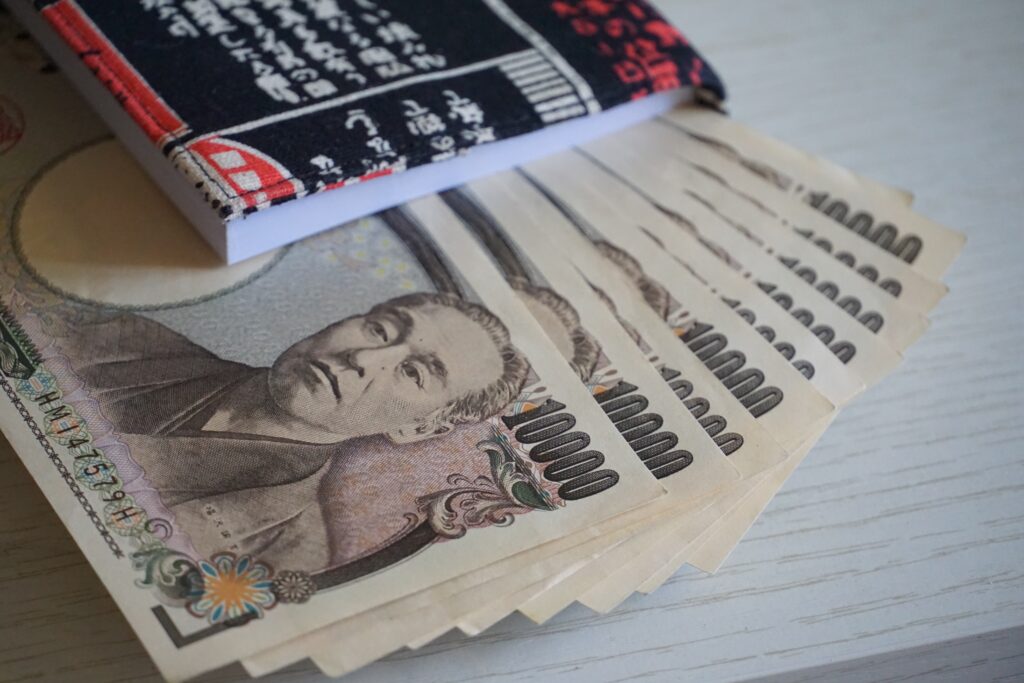
Large purchases, especially those directed at travelers (large hotels, tourist-driven shopping areas, main tourist attractions, etc.) most likely accept credit cards. If you’re planning travel to small towns, out of the way temples and shrines, or shopping in local districts, it’s pretty likely they will not accept credit cards and you’ll need to be prepared with cash.
The exchange rate in April 2019 when we visited was approximately 112 yen to the US dollar. Of course you’ll need to look up the exchange rate at the time you’re going and plan more specifically for your own trip. But generally it makes it easy to think that 100 yen is approximately $1 USD. Here are my suggestions and what we did to prepare for our trip:
- Bring or buy a change purse. As a primarily cash-driven society you’ll need it! Japanese currency has 1 yen, 5 yen, 10 yen, 50 yen, 100 yen, and 500 yen coins. As you take money out of ATMs you’ll most likely be receiving 10,000 yen bills, which you’ll want to break down. If you’re used to paying by card, you may have forgotten the minor inconvenience of planning your purchases a bit so you’re not trying to buy a 300 yen snack with a 10,000 yen bill. Of course, money is money, and I’m sure most places will take it, but you’ll want to be considerate where you can!
- Be prepared with ~50,000 yen when you arrive in Japan. Plan to bring some cash with you, either ordering Japanese currency from your local bank or currency exchange location, or plan to take out some money upon arrival. This is good practice for any trip, but especially given the infrequent use of credit cards, I’d stress this for Japan in particular.
- Bring an ATM card with you. Given my stress about cash money in the first two bullets here, you may be surprised I recommend only about $500 worth of currency on arrival. For me it’s an amount that is comfortable to carry between two people for travel when in Japan it is very easy to take money out of ATMs. ATMs are commonplace at most conbinis (convenience stores), and we probably took money out around 4-6 times during our 10 day trip. We use TD Bank’s Premier Checking account because as long as you meet the minimum threshold of $2500 in your account, they waive the monthly fee and reimburse all ATM fees, including international ones.
- Bring a credit card for use when you can, and a backup credit card and/or ATM card in case of emergencies. Don’t be afraid to ask if paying by card is ok! Just be prepared if it’s not. We booked pretty much all our hotels, with the exception of the Japanese-style ryokan with cards online before we went, which cut out some large cash purchases. Especially toward the end of the trip where we were trying to budget our cash on hand, we would ask if they took card for some purchases and the answer was often yes! You may run into minimum purchase amounts to use a credit card, but tourist locations will likely be more accepting than rural areas.
- Bonus tip: you can actually use your IC Card (see the Transportation section) as a kind of debit card! Since you’re already adding money to this for transit, it may be a convenient option. My personal preference is not to use it as such, since it becomes another cash store to keep track of. We kept ours pretty much for transportation only and added more cash as we needed it for transit.
Transportation
For even more detail and more questions about transportation, check out my post: travel guide: all about local transit;
So you’ve heard about public transit in Japan, huh? If you haven’t, it’s well known for efficiently transporting crowds of people every day, just look up “Tokyo subway train pushers” to get an idea of just how many people they try to cram into rush hour local trains. What does that mean for you, the tourist? Let me break it down.
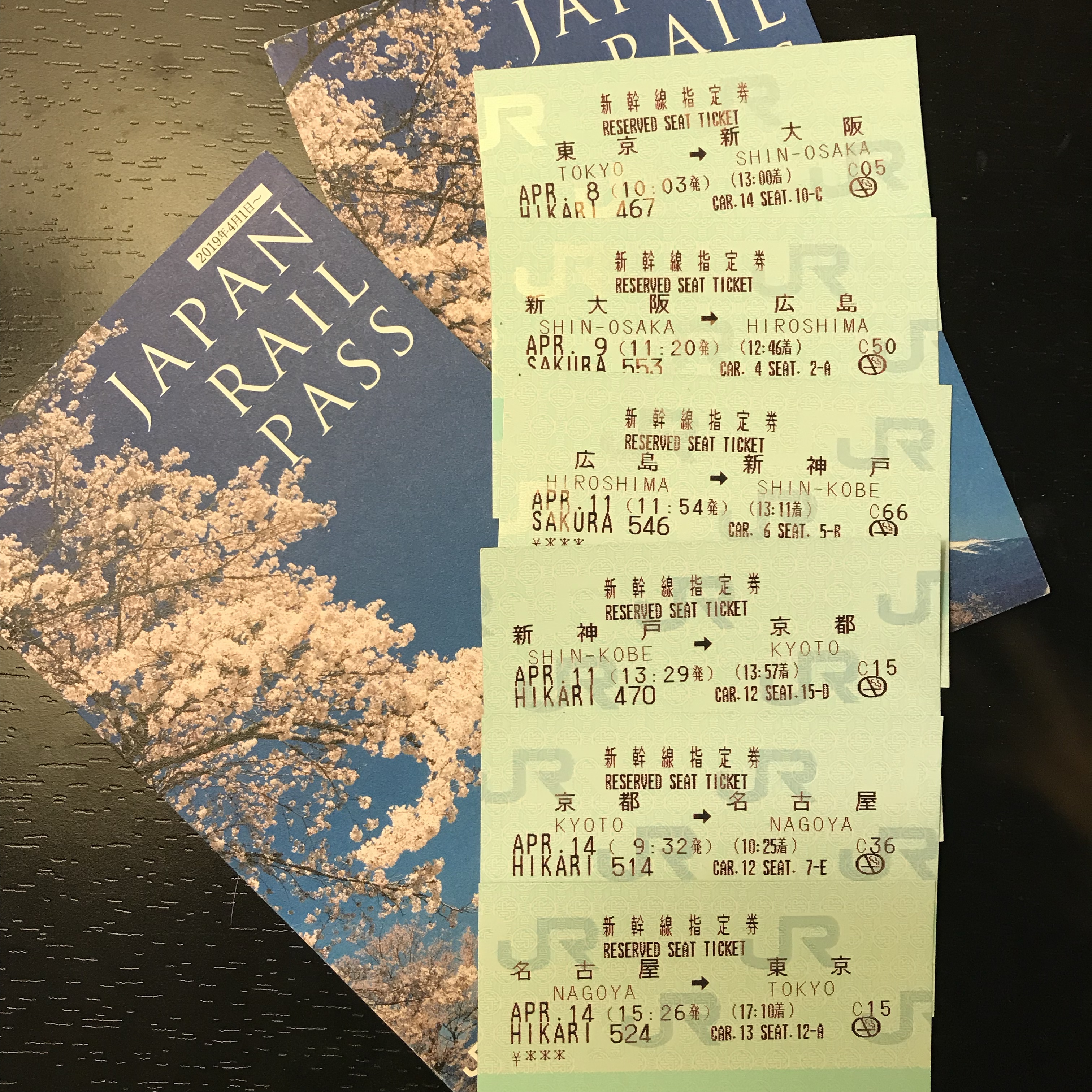
What kind of transit should I expect? Trains and buses.If you’re sticking to major cities, you’d be hard pressed not to come in contact with trains. This includes local train transit like metros and local lines, and Shinkansen “Bullet” trains. Buses are often an option as well, although I pretty much stuck to trains except in Kyoto.
What’s this JR Pass thing? A travel pass for Japan Rail (JR) lines. If you’ve looked at all into traveling to Japan, you’ve probably heard of the JR Pass. This is a travel pass that can be purchased in a 7-day, 14-day, and 21-day variety. You MUST purchase and internationally ship/receive the pass before arriving in Japan, then need to activate it in Japan. When you activate it you can choose the start date, which does not have to be the day you activate it. It’s good for 12am-midnight for the number of days of the pass, meaning it doesn’t matter if you activate it at 7am or 2pm. For example, if I choose a 7-day JR Pass I can “activate it” at 2pm on April 7th to start on April 10. April 10th counts as the first full day and April 16th the last full day, meaning I can no longer use it for travel on the 17th. It’s also worth a trip to an online Shinkansen trip calculator to make sure getting a pass is worth the price. There’s some quirks to the JR Pass that may warrant a separate FAQ, but hopefully this section will cover the basics and get you started!
Pro-tip: Buy your Studio Ghibli Museum Ticket at the same time as your JR Pass! (See Tokyo Itinerary for more information).
What does the JR Pass cover? Not all transit will be covered by the JR Pass. The main benefit of the JR Pass is riding the Shinkansen. If you’re unfamiliar, these are the fast bullet trains that can get you quickly between major cities and areas you’ll visit. The JR Pass is also valid on any local JR line trains. Local JR lines are in a lot of areas, however, it’s important to note that not all trains you take will be covered by the JR Pass. That means there are a variety of private rail lines that are NOT valid with a JR Pass (e.g. Hankyu, metro lines, etc). If you’re using google maps, JR lines are pretty clearly marked with a two letter code that starts with “J”, while others have different (or no) standards. If there’s any confusion, wave your pass at the workers manning the gates and they’ll wave you on or tell you no if it doesn’t work. Easy enough.
What do I do about transit the JR Pass does not cover? Get an IC Card. When the JR Pass doesn’t cover a train line, your backup should be an IC Card. This is the equivalent of a metro card in NYC or a SmartTrip card in DC/MD/VA for example. Basically, it’s a plastic refillable debit-card that you can tap at turn styles for public transit. Then there’s no need for purchasing individual tickets and feeding them through the turnstiles to get on and off a train. Which also means less time reading Japanese maps to figure out your fare, less time spent buying a ticket when you’re running for a train, and less time worrying you’ll lose your ticket between getting on and off. Myself and most native Japanese will shove their cards in their phone or wallet and not even pull them out to tap against the reader. Plus you’ll look like a pro who knows what they’re doing and can laugh at all the ticket-tourists.
Is an IC Card valid everywhere? As of recently, yes! Lucky for you guys Japan has recently (like last year, 2018 recently) integrated all their IC Cards so you can use one card in every city you visit. It used to be that each city had its own version, i.e. Manaca was used in Nagoya, where Icoca was used in Kansai (including Kyoto, Osaka) and they would not work in other cities. My theory is they’ve been working on transit and making things easier for tourists for the 2020 olympics but I have no way to verify the accuracy of that statement. Doesn’t matter, lucky for you they all work everywhere now which makes your life as a tourist a breeze!
How do I purchase an IC Card? You can purchase them ahead of time, or visit a vendor in the first city you visit once in Japan. On this latest trip, we bought 2 suica cards ahead of time from this website and used them invaluably throughout our entire trip. You can actually use them like debit cards at a lot of vendors, so it’s a valid option to load them up and try to use them for more than just transit. You’ll often see little “we accept IC card” signs with all the little mascots for the various cards at vendors, like ice cream stands or little coffee shops, etc. We opted to use ours only for transit because otherwise it was one more stash of money in addition to cash and cards to keep track of, but you may find it more convenient.
I’m staying primarily in one or two locations, is it worth it to get a JR Pass or IC Card? Maybe, maybe not. You can also look at local tourist day passes. Places like Tokyo and Kyoto will most certainly have day passes available, but you’ll have to research them to see how to buy them, what they cover, and whether they’re monetarily and convenience-wise worth it. The only one in hindsight I would have considered getting was the Kyoto bus pass, but for our trip we opted not to confuse things even more with another method of transit payment or put pressure on ourselves to visit more places by purchasing a time-sensitive pass. However, if you’re not purchasing a JR pass or have some heavy local-transit days, they’re definitely worth some research because they can probably save you some money.
Honestly, there’s enough nuance to Japanese transit that I will probably make a separate FAQ post with even more information. Here’s a few more basic tips I leave you with:
1. You’ll need one IC card per person. Most if not all of Japan’s rail systems are distance based, meaning you swipe in and they charge you on the swipe out for the distance you traveled within that railway line.
2. Expect to use cash to buy tickets and recharge IC cards. If you pay the wrong fare or don’t have enough money left on your card, you can always bring your ticket to the attendant at the exit booths and pay the difference. There are also “recharge” machines within the ticket gates to add more money to your IC card.
3. It’s important to note some pitfalls of the IC cards IF something gets stuck or goes wrong. It doesn’t most of the time, but it can. Especially since you can use the card with multiple rail lines, if something on your card gets out of whack with one rail line it can affect your use on the others. But don’t worry, you can always buy a paper ticket until you’re able to get it fixed. For example, we never swiped out of a JR line with our Suica (flashed the JR Pass instead), and when we next tried to use the card for the Hankyu rail, our Suica wouldn’t work until we went back to a JR station and had them reset the card. Because Hankyu and JR lines are separate companies, they can’t tamper or fix the other’s data.
For even more detail and more questions about transportation, check out my post: travel guide: all about local transit;
Culture and Language
There’s so much to unpack here, but I’ll try to give you the highlights as best I can in a short space.
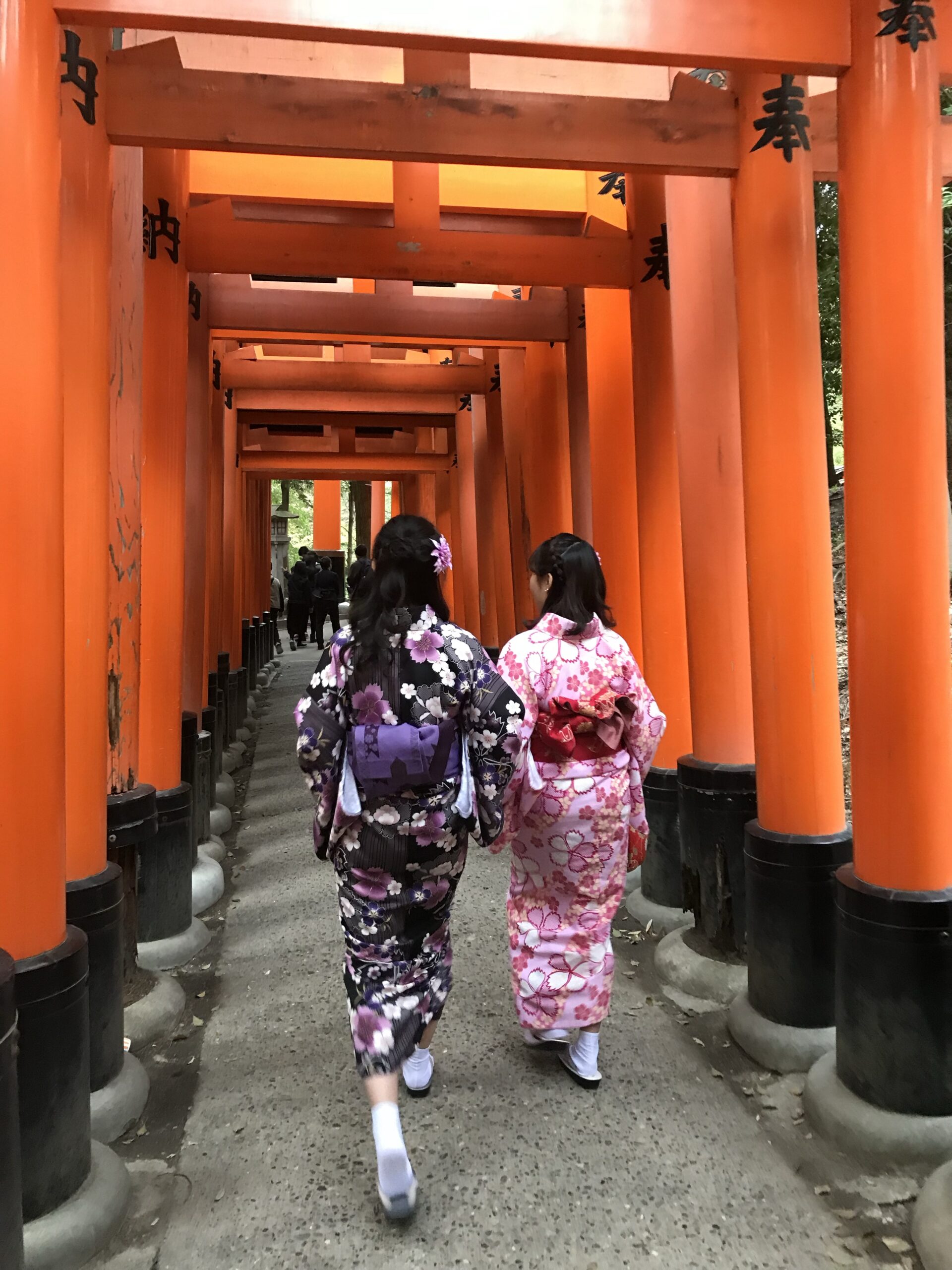
language;
Japan’s official language is Japanese (duh) and while you’ll find the major cities to be fairly English accessible, that does not mean everyone, or even the majority of natives you come across will be able to converse with you in English. By accessible, I mean Tokyo subway maps will have English, booking Shinkansen tickets with an agent should be fine in most places, and tourist areas will always have other English speaking tourists. However, if you stray away from major cities, or plan to stay in smaller b&bs or ryokans that are less accustomed to English speaking, you may have some trouble. The Japanese are extremely helpful and they will do their best to help where they can, but you may need to ask for help or make arrangements for peace of mind.
If you have several months and are dedicated enough to study up, I highly recommend learning the Japanese katakana alphabet, primarily used for foreign words. You’d be surprised how far it’ll get you to read the characters and sound out the word and be able to order a “ham-baa-gaa” instead of stumbling around saying “hamburger”. Just to prove the point, when we were there in April, Tyler would often ask a question and when someone wouldn’t understand him, I’d repeat the word with a Japanese accent and they’d suddenly understand.
Also keep it in mind for smaller towns or museums that they’ll usually have English wording somewhere, but it’s often less robust than the Japanese plaques and pamphlets, so you may be doing more looking than reading. Large museums and tourist attractions will be less of a problem of course, like the Hiroshima Peace Park Museum, but even smaller towns like Nara where my parents and I stayed at a B&B at the end of my study abroad or the ryokan we stayed at in Osaka this time around, our hostess in each place knew really only enough English to get by.
If you’re not able to spend time learning katakana, here are some short phrases that will come in handy. There’s a ton of nuance to the Japanese language that obviously people study for years, but I consider these the top phrases you’ll come across that will help.
Arigatou gozaimasu. Thank you. You’ll both use and hear this one a lot.
Sumimasen. Excuse me. Another staple to get someone’s attention or pass by them.
Onegaishimasu. Please. Especially useful when asking for something, like an item to purchase.
Hai. Yes. Iie. No. Do these need a description?
Wakarimasen. I don’t understand. Useful to communicate with native speakers.
Toire wa doko desu ka? Where is the bathroom? Otearai is another word for toire, but you’ll be pretty safe with toire. You can also replace “toire” with another location to ask “Where is ___”? (e.g. hoteru=hotel, eki = station, etc.)
Ikura desu ka? How much is it? Used to ask the price of something. The last and most in-depth Japanese lesson you’ll get here, “desu” means “it is”, which may come in handy in other situations. Adding “ka” and an inflection at the end of a sentence signifies a question.
Numbers. I also would recommend learning the words for each number, and possibly the characters, as that can also come in handy when making change, telling time, or indicating how many people you’ll be dining with at a restaurant.
culture;
I could rant at you happily for days on the subject of differences between Japanese and American cultures, but here’s the crash course of what I think is essential for travel.
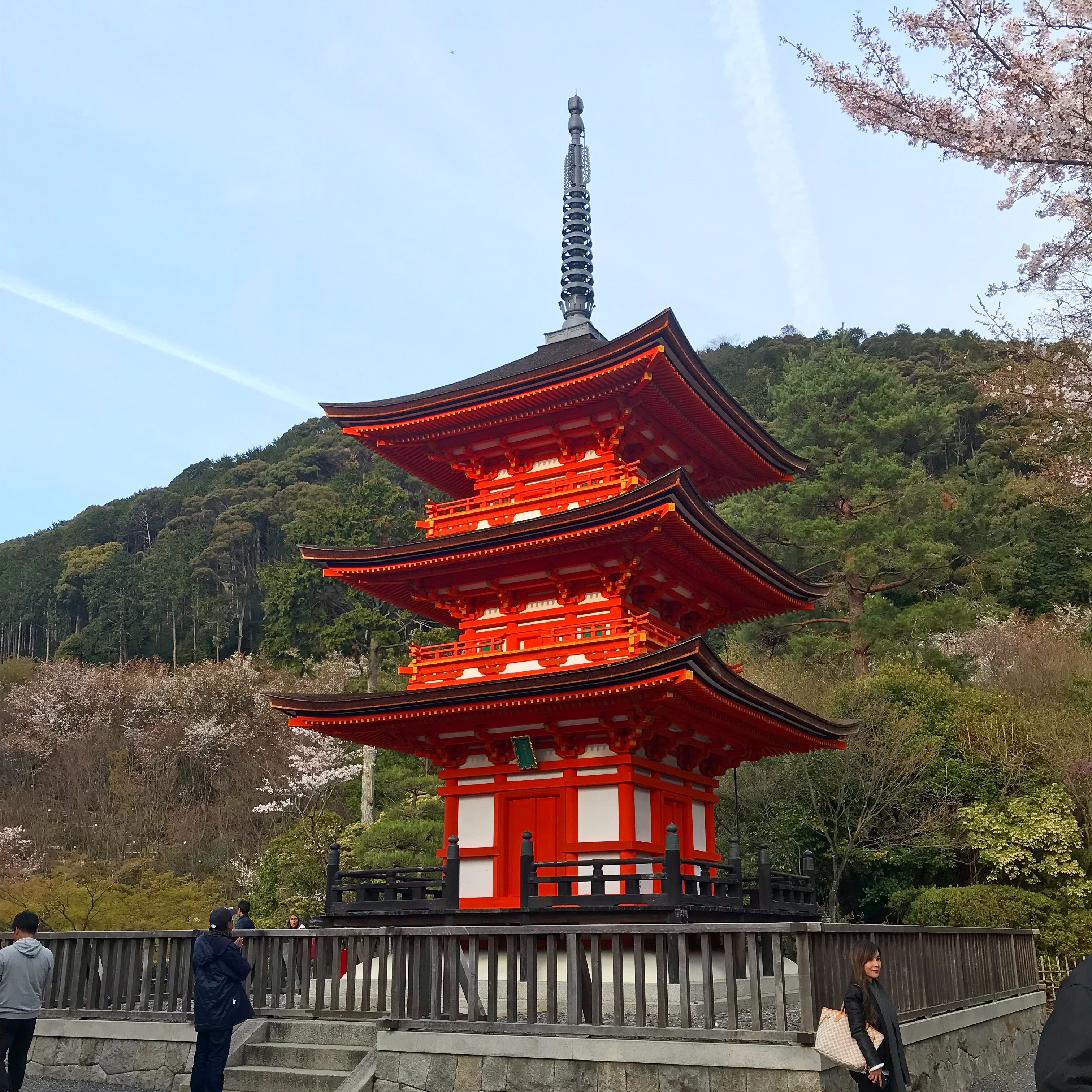
Don’t eat while walking or on trains/subway/etc. It’s considered rude, although you may see tourists doing it or the occasional Japanese native. The one exception is Shinkansen bullet trains where you’re expected and encouraged to bring food or buy drinks and snacks from the on board cart and eat at your convenience.
Consider conservative dress. This doesn’t mean ankles and neck covered, and in trendy places like Harujuku you’ll see all sorts of shapes and sizes and kooky outfits. That said, when you stray away from large cities, you’ll see more conservative dress. As a tourist you’ll get more leniency, but for example Japanese women rarely show their shoulders or have low-cut shirts to expose cleavage.
Onsen etiquette. There’s many nuances here and worth a quick search if you intend to go. The most important things if you want to partake are that you wash BEFORE you go into the bath. Most onsens will have stools and individual shower heads and provide you basics like shampoo and conditioner. You wash and rinse entirely before entering the baths. Onsens are for naked time! Unless you go to a co-ed or more modern Onsen, you will typically only find same-sex areas for the baths. Except in rare circumstances like the co-ed options, it is not acceptable to wear any sort of clothes into the bath. That means no towel, no swimsuit, just you. It can be a little embarrassing at first from a Western mentality, but keep in mind that bodies are natural, and once you’ve slipped into the warm water it’s easy to slowly get comfortable.
Tattoos and onsens can be tricky. While this is rapidly changing and tattoos are becoming more accepted (again, as a foreigner you’ll probably get more leeway than otherwise), if you have ANY kind of tattoo, do some research. Tattoos are heavily associated with gangs in Japan and can be very offensive to some folk. Often you can cover small ones with band-aid like pads, but if you have a large tattoo that’s not feasible to cover when naked in a bath, you’ll want to use something like the tattoo onsen website to find out what options will be the most welcoming and least disruptive to natives.
Slurping ramen is a way to say it’s delicious! And I don’t know how some of these people slurp that loudly. I’ve tried, and years of trying not to slurp has ruined me.
There’s no consistent “right side unless passing” rule for walking and there’s much less jaywalking. This is a personal pet peeve of mine because it’s confusing and you end up weaving in and out of people a lot (see the language section and learn ‘sumimasen’). You’ll find that usually one side will be the standing or slower side to make room for those trying to move more quickly, but it’s inconsistent at best. Certain trafficked areas like train stations and such will have arrows for you to follow. There also aren’t sidewalks everywhere and it’s commonplace to walk in the shoulder of the roads.
They drive on the left side of the road, but I highly discourage driving, especially in the city. If you insist, you’ll need an international drivers license as a US license is not valid on its own to drive in Japan. With the density of people and abundance of amazing public transportation, you’re unlikely to need a car and in my opinion it’s more hassle and stress than it’s worth.
No tipping. Not even if you your meal was to die for or your ryokan experience was out of this world. It’s actually considered rude.
Chopsticks will be in abundance and it’s in your best effort to learn. Forks and knives may be available, but are not guaranteed, so spending some time practicing seems a small price to pay to enjoy amazing Japanese food. It’s acceptable to raise bowls to your lips to help the process of eating and for soups. If you see a small ceramic shape next to your place setting, this is a chopstick rest where you can lay your chopsticks in between use. Use them! That will help you avoid sticking your chopsticks straight up in a bowl of rice, which is associated with Buddhist funerals and death. Another taboo practice is exchanging a piece of food directly between two pairs of chopsticks—instead set down the piece of food and let the other pick it up.
Taking shoes on and off. The easiest place to start is if you are about to step onto a tatami (bamboo) mat, you’ll probably need to remove your shoes. Feel free to ask if there aren’t signs, though many temples and such will have signage to indicate areas that require shoes to be removed. Pro tip: if you plan on shopping for clothes, you are expected to remove your shoes before entering the dressing room/booth!
Omiyage culture. Often translated as “souvenirs”, the translation does not do the omiyage culture justice. Souvenirs are often bought for one’s self, but omiyage are things to bring back to friends and family after a trip. You’ll find regional goods everywhere in Japan (called meibutsu) that are only found in that location. If you are staying with Japanese natives or friends, you will definitely score politeness points by bringing something local from home to present to your hosts. More often than not omiyage are food items, but they don’t have to be, especially if you’re planning a long trip from abroad.
Food Bucket List
Here’s your bucket list. From me, to you with nom nom nom love.
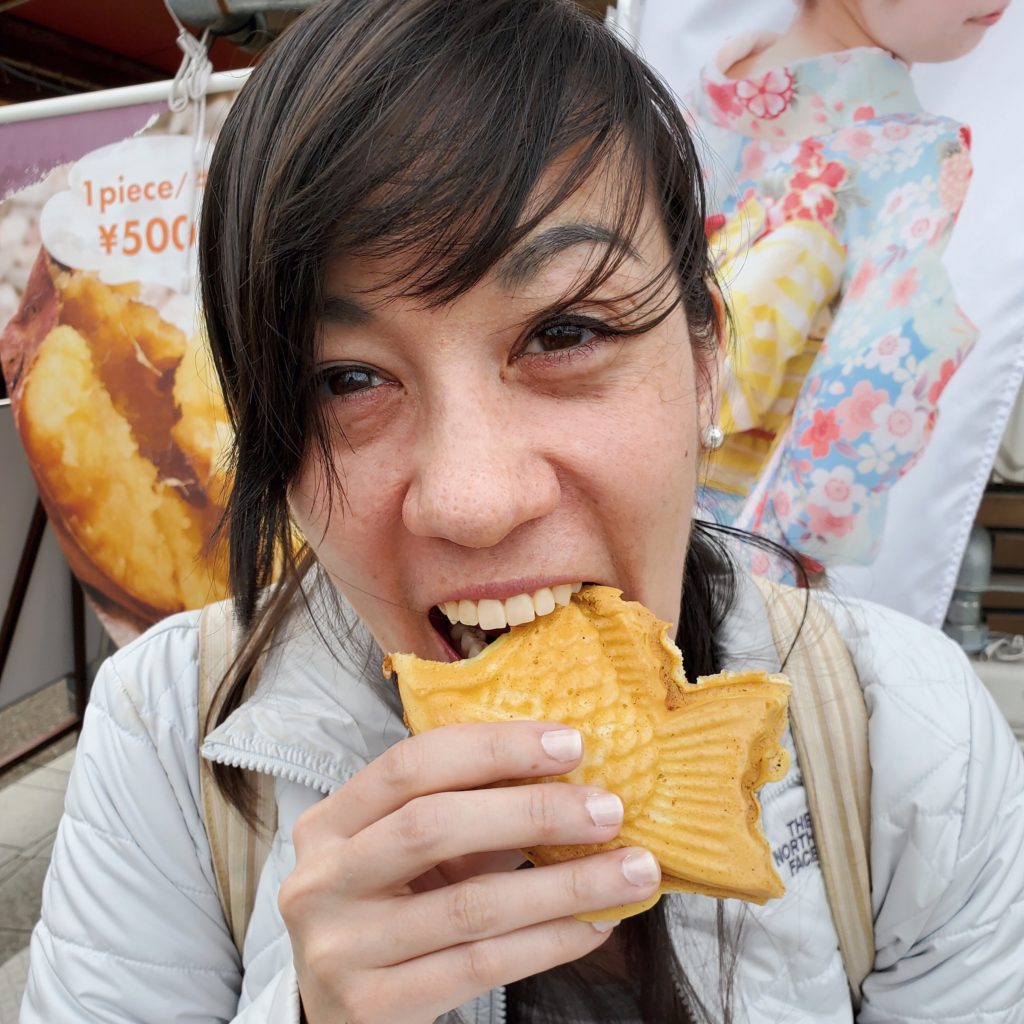
- Okonomiyaki – cabbage pancake mixed with various vegetables and meat. The Hiroshima take on okonomiyaki also adds noodles to the pancake. Often sauteed right before you, it’s served with okonomiyaki sauce and Japanese mayo, this is a must-try!
- Wagyu/Kobe Beef –if you’re a meat lover, this one’s for you! Japan produces some of the highest quality beef in the world, like Kobe beef. It’s likely to be expensive, but look out for lunch prices and good deals! Check out my post travel guide: wagyu beef in japan; for more details on Wagyu vs. Kobe beef and the restaurant we ate at in Kyoto!
- Takoyaki – octopus balls. They’re fun and different, a kind of breaded street food snack.
- Taiyaki (different than takoyaki) – little fish pastries. Traditionally have red bean fillings, but the custard ones are my favorite! See photo above.
- Ramen / Soba / Udon – These are all great lunch foods. Often at ramen shops you place your order at a vending machine which will pop out a ticket, and you sit at a counter where the servers will bring you your food! Try tsukemen, a version of noodles where you dip the noodles into a separate broth yourself. P.S. Slurping loudly is good manners and means it’s tasty.
- Tempura – because who doesn’t love fried things?
- Sushi – if you’re willing to pay the expensive price and want an elevated sushi experience, you should consider an omakase-style meal. These are hand-prepared sushi courses by a sushi chef master. Make sure you know the etiquette, and if you want to save some money on the experience, consider this option for lunch! There are plenty of other Japanese-style sushi restaurants and options though like conveyor belt restaurants, and chances are you’ll have some sashimi and sushi in bentos or as parts of your other meals.
- Kaiseki – this is a traditional multi-course Japanese dinner. I really only recommend this for adventurous souls that are not picky about food. There’s likely to be things served to you that a western background doesn’t see on a daily basis, such as shrimp heads, savory gelatin bites, and perhaps even a pregnant fish. Everything is beautifully presented, and typically seasonally prepared, so its often a one of a kind experience. It is also on the expensive end of cuisine in Japan, but then you’re paying to be stuffed full of delicious Japanese food, so it’s definitely worth it if you’d like to experience a culinary adventure outside of a western comfort zone.
- Shabu shabu – Japanese hotpot. It gets its name from the “sound” of thinly sliced raw meet cooking in the hot broth.
- Yakiniku – Japanese meal similar to Korean bbq where you have a hot coal grill and grill your own meats. Often nomihoudai/tabehoudai (all you can eat/drink).
- Japanese curry – more like a thick stewed gravy over rice, this was one of the most unexpected but delicious things I took away from my original experience in Japan.
- Ohm-risu (Omelette Rice) – this is exactly what it sounds like although it often has sauces or curries or other ingredients mixed in. Another delicious surprise from my time in Japan!
- Kit Kats –fun souvenirs that are made in all different flavors and sometimes specialized regional flavors! The reasons Kit Kats are popular is you pronounce the name similar to the term “kitto katsu” which means “you will surely win”. So kitkats are often given as a sign of luck or congratulations and the different flavors are born of the meibutsu (famous thing) culture where regions and cities are known for special items, foods, or crafts. Check out my instagram @bestwithchocolate to see all 17 different flavors we collected on our trip!
- Tebasaki – speaking of meibutsu (local souvenir) culture, I imagine Nagoya is not on everyone’s travel to list, but if you make it, go to Yamachan or another restaurant or izakaya that serves these awesome local salt and pepper flavored chicken wings. They sound boring, but I promise they are sooooo good.
- Conbini Food – so much variety, so easily accessible, and cheap! Perfect for picking up packaged baked goods (try the melon pan, bread), onigiri (try the ume, Japanese plum), hot foods (try the fried chicken or “American dogs” aka corn dogs), and assorted candies, desserts, and bentos.
- Tonkatsu – or any kind of katsu really. Tonkatsu is fried pork cutlet, although in my opinion it’s the sauce or curry served with it that makes it extra special and hearty.
- Miso Soup– this might be something you take for granted or don’t think about explicitly, but I swear how the Japanese make miso is just so much more tasty than the US. I’ve even tried to make it myself and I don’t think it has the same depth of flavor as what I get in Japan.
- Natto – if you’re up for another adventure give this a whirl. This fermented soy product is probably a stretch from your typical western diet. It’s often quoted as an “acquired taste” as it has a powerful smell, strong flavor, and a sticky, slimy texture. Think a savory soy-based more pungent version of yogurt served with mustard, soy sauce, and onion.
- Dango – if you’ve ever wondered or seen this emoticon 🍡, that’s what this is. Dango is a little rice dumpling ball, similar to mochi. Typically served as multiple balls on a stick, can be savory or sweet, grilled or plain. There’s lots of options at street vendors, so be sure to try them out!
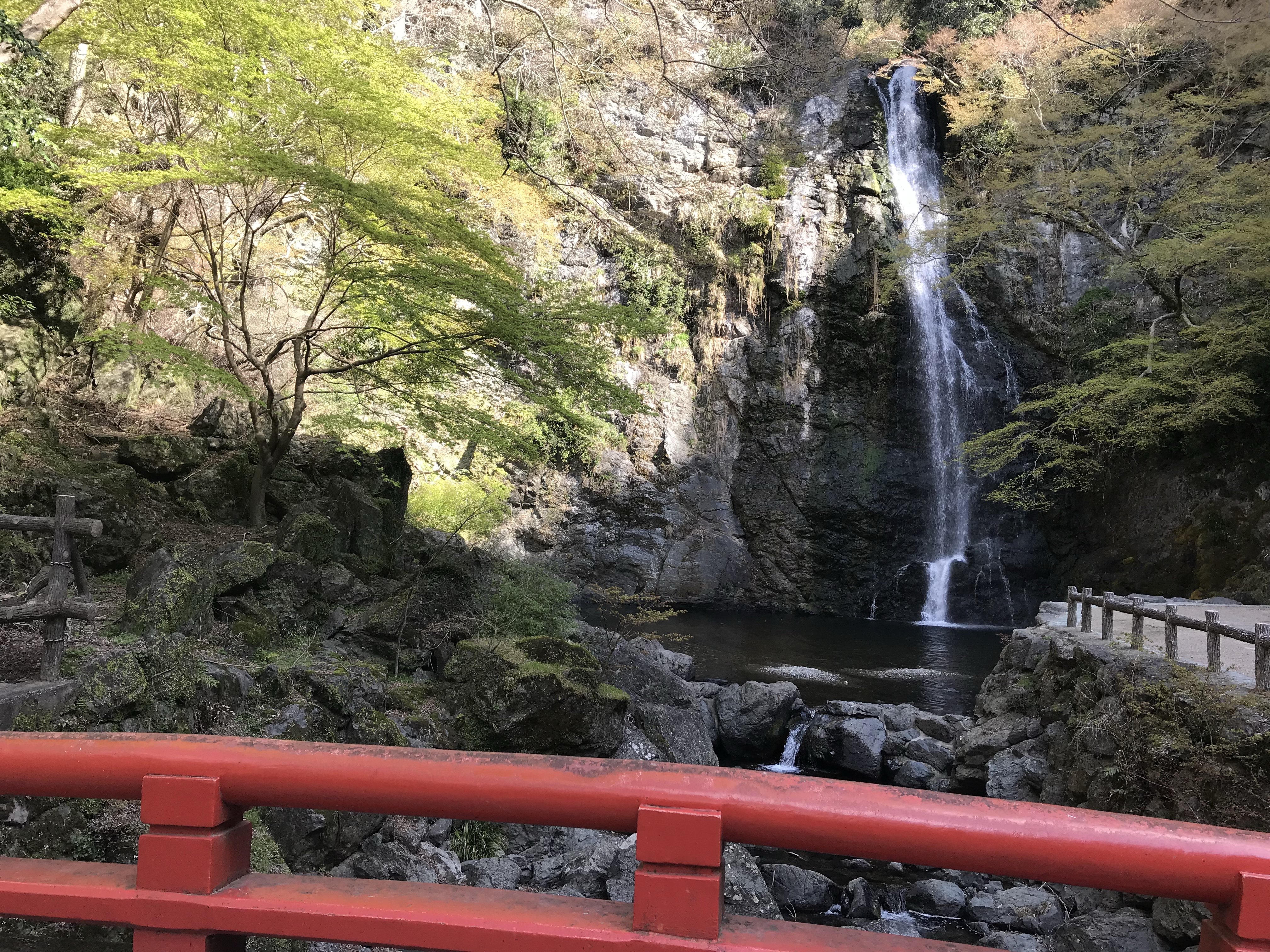
Our Itinerary
I honestly do not suggest our below itinerary of 5 cities in 10 days unless you’ve been to Japan before. It was a lot even for me! As a tourist and especially as a first-time traveler to Japan, there’s so much to see and do in the big cities alone. You’re better off pairing down the list and really giving yourself time to explore.
You’ll likely fly into Narita in Tokyo, and Kyoto is a must. Osaka is a short ride from Kyoto and I highly recommend visiting as a smaller city. But if you have time, there’s so much to explore elsewhere in Japan like going up to Hokkaido, getting into history in Hiroshima, feeding deer at the Nara shrine, or trying some hidden gems in Nagoya.
If you’re interested in reading more in-depth about our most recent trip to Japan in April 2019, check out my post 10 days in japan;
tokyo; (days 1-2)
- Day 1: Tsukiji Fish Market and a Sushi making class! Followed by a relaxing afternoon and hitting up some bars and clubs (Geronimo Shot Bar, an Irish pub, a yakitori restaraunt, a club, and Public Six bar) with a friend.
- Day 2: Studio Ghibli Museum*, followed by hanami (cherry blossom viewing) in Ueno Park
- Other suggestions: Tokyo Tower, Robot Restaurant, catch a baseball game, visit a cute animal cafe (hedgehog, owl, shiba, etc.), Asakusa
*If you’ve watched Miyazaki films or are just a lover of the artistry, work, and animation, the Ghibli Museum is a must see! Note that you will definitely need to plan ahead as the ability to buy tickets are extremely limited because this museum is so popular. As a tourist, your best bet is to purchase these alongside your JR Pass, but be warned that even for that they don’t guarantee you your chosen date. You need to provide up to 3 dates and they inform you which (if any) they are able to obtain for you. If you’re not purchasing a rail pass, the other option is to try to get it through a local conbini website. See the studio ghibli museum website for more information.
osaka; (day 3)
- Day 3: !!!Cup of Noodles Museum, and a kaiseki course at Otowa Sansou ryokan (traditional multi-course japanese meal at a japanese style inn).
- Other suggestions: Universal Studios Japan, Dotonburi, Osaka castle, Kamigata Ukiyoe Museum, Shinsaibashi
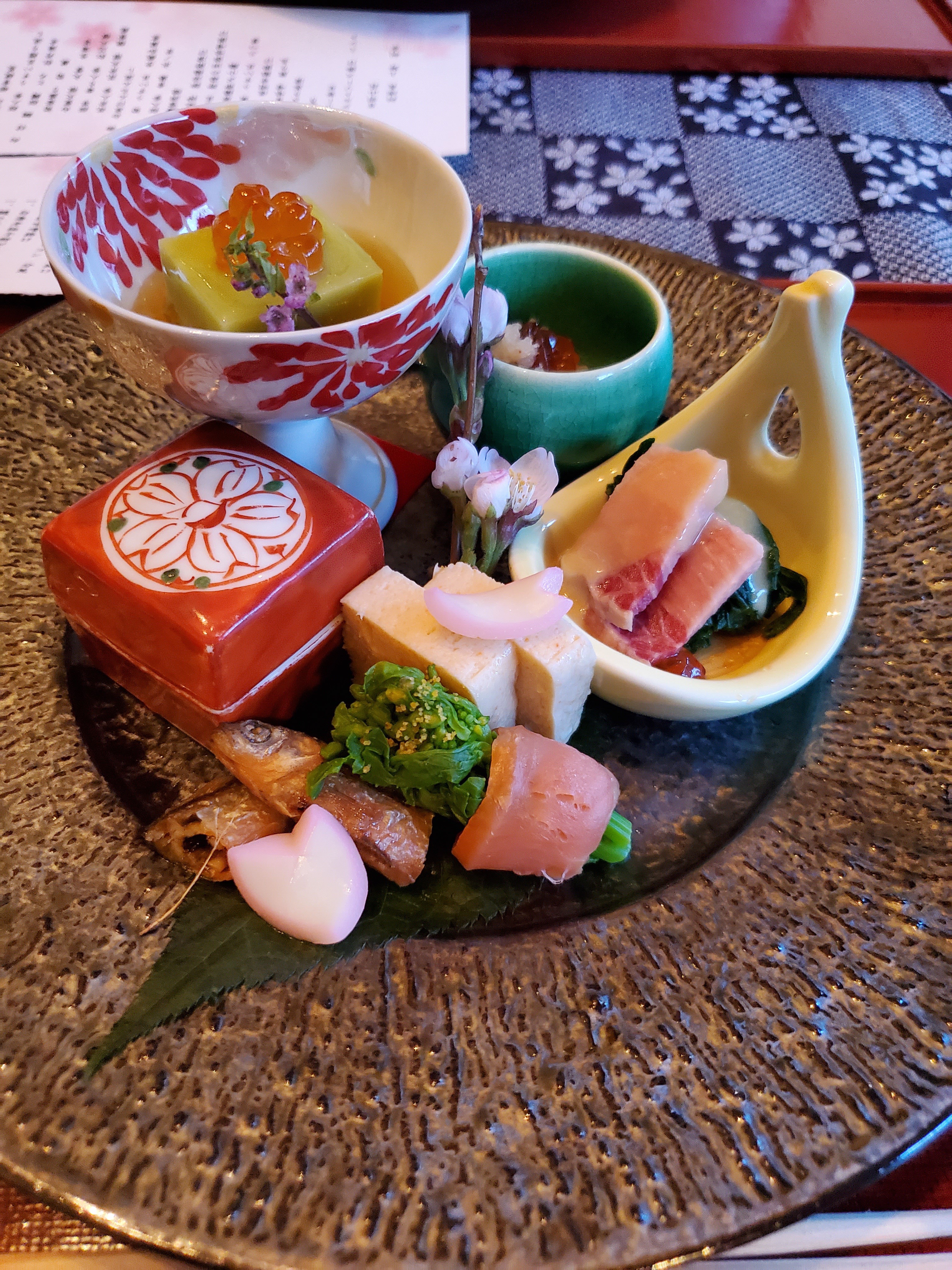
hiroshima; (days 4-5)
- Day 4: A brief hike to a waterfall near Otowa Sansou, then a quick Shinkansen ride to Hiroshima where we hit up Hiroshima Castle, and the National Peace Park Museum. Try an okonomiyaki restaurant for dinner!
- Day 5: Miyajima Island, where we visited the Daisho-in temple, the Treasure room, the folk museum, the floating otorii gate and its respective shrine Itsukushima, tried momiji manju (maple cakes, a local delicacy), and saw some deer!
- Other suggestions: Shukkei-en Garden, Mitaki Temple, catch a Hiroshima Carp baseball game, Mazda museum
kyoto; (days 6-8)
- Day 6: travel and Kiyomizudera temple and hit the Kyoto Pokemon Center
- Day 7: Arashiyama, where we wandered the bamboo grove, visited several temples and gardens, ate an amazing lunch of wagyu beef at Otsuka, fed monkies at Iwatayama Monkey Park
- Day 8: We hit Kinkakuji (golden pavilion), Ginkakuji (silver pavilion), and the Fushimi Inari-Taisha (iconic shrine with 10,000+ otorii)
- Other suggestions: Kifune shrine, Yasaka pagoda, Gion, Tenryuji temple, Wazuka tea plantation, ryokans*
*You can find ryokans most anywhere, but Kyoto is famous for its plethora and many kinds. You can use a site like Japanese Guest Houses to sort and search by type, experience, and price.
nagoya; (day 9)
- Day 9: Visited the campus of my study abroad school, Nanzan University, then went shopping in Sakae and searched for Tebasaki (local specialty chicken wings)
- Other suggestions: Toyota kaikan Museum, noritake garden (garden and ceramic museum), Nagoya castle, Atsuta Jingu (shrine), Nagoya TV Tower, Higashiyama Zoo
tokyo; (day 9-10)
- Day 9: Met up with a friend for yakiniku before crashing at our hotel
- Day 10: Explored Harujuku, went to a shiba cafe, and searched for kitkat flavors in Akihabara before getting to the airport for our trip home
If you’re interested in reading more in-depth about our most recent trip to Japan in April 2019, check out my post 10 days in japan;
Additional Posts and Resources
travel resources;
- japan: whirlwind japan travel, 5 cities in 10 days;
- japan: a guide to wagyu beef in japan and where to get it for cheap;
- everything you need to know about regional Japanese KitKats;
favorite japanese-inspired recipes;
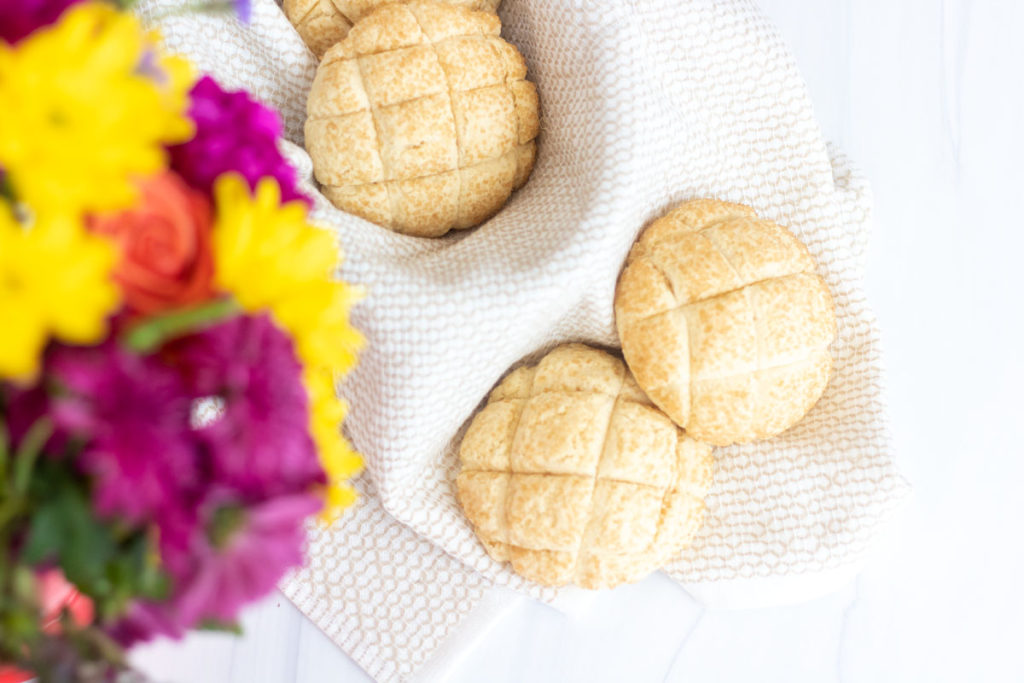
savory;
- japanese curry bread (カレーパン); a crispy-fried bread stuffed full of delicious Japanese curry
- better than packet ramen seasoning; homemade seasoning for the most delicious ramen noodles! (Perfect if you need gluten-free noodles like me)
- miso biscuits; Japan-inspired, these tangy, salty, umami biscuits are a staple in our house!
- hiroshima okonomiyaki; A savory noodle-based pancake, okonomiyaki is a hard dish to describe, but take my word for it–it’s tasty!
- miso brown butter popcorn; another Japanese-inspired twist on one of my favorite American snacks, the miso adds just the right zest to your salty popcorn snack
sweet;
- chocolate chip melon pan (メロンパン); a sweet bread with a crusty sugar topping, melon pan is a staple at Japanese bakeries and so tasty. Think it has melon in it? Think again!
- strawberry mochi; a soft, chewy and lightly sweet dessert, a sweet rice cake stuffed with fresh, ripe strawberries (or your favorite filling)
- mapo tofu; A spicy, marinated tofu dish made with savory pork and a mapo sauce that is just oh-so-delicious
- honey drenched umeboshi; umeboshi is a pickled plum, and as long as it’s offset by sweetness (in this case honey) it’s by far one of my favorite Japanese snacks, packing a flavor that’s unlike anything I’ve had in America!


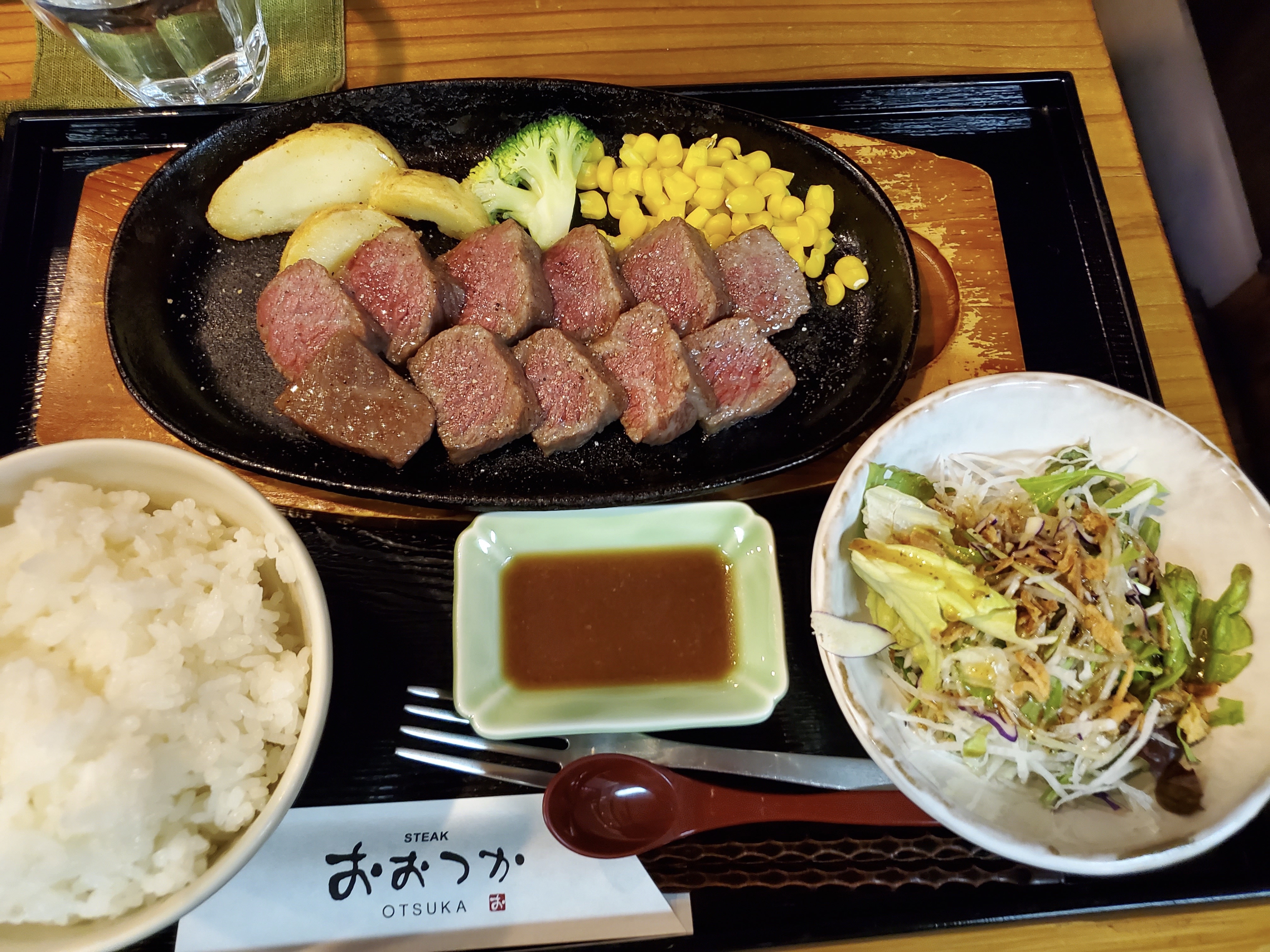
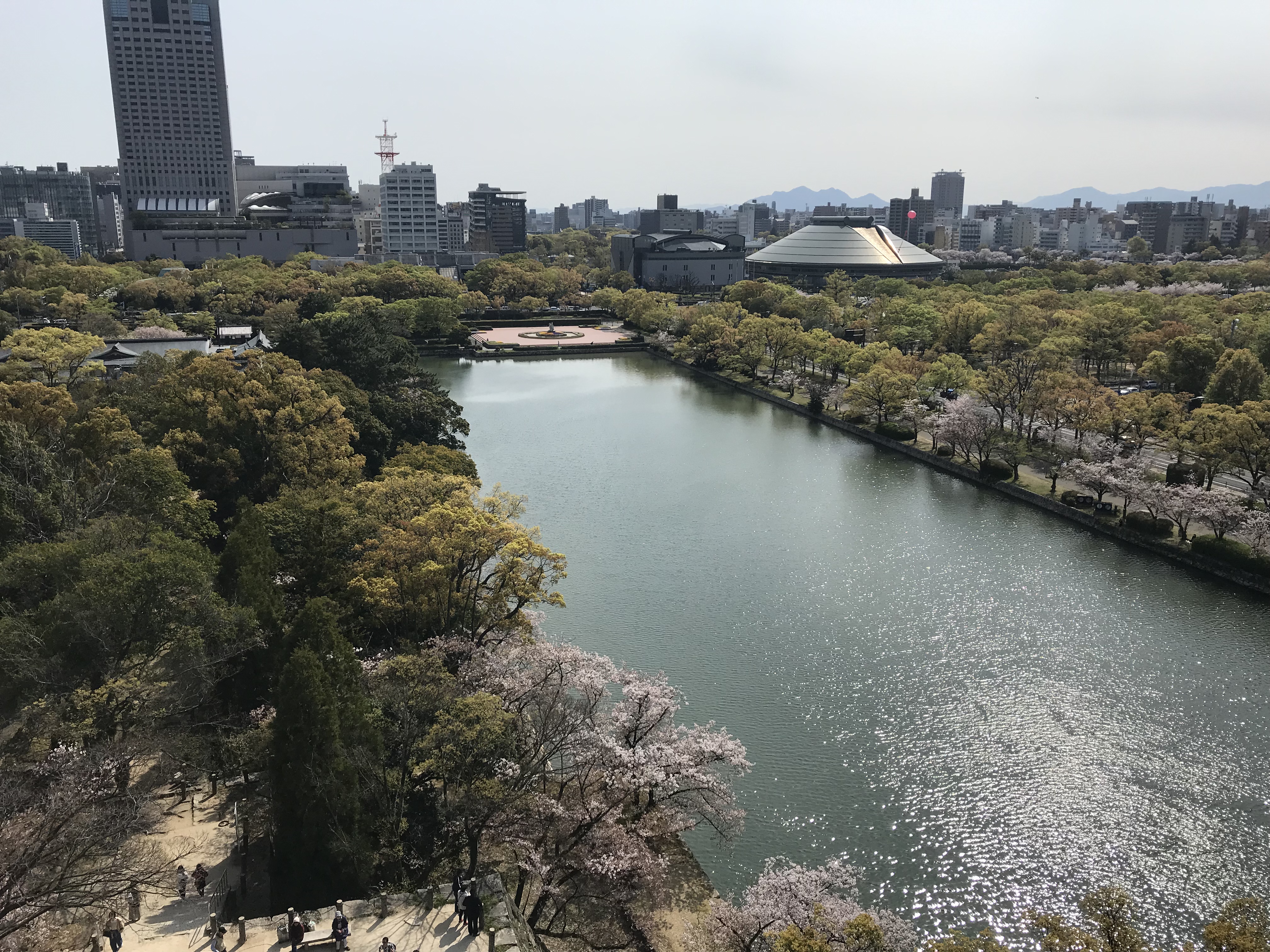
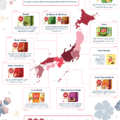
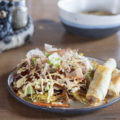
1 Comments
10 days in japan; – tipsychocochip
April 25, 2019 at 10:08 pm
[…] If you’re planning your own trip, check out my post, a travel guide to japan; […]